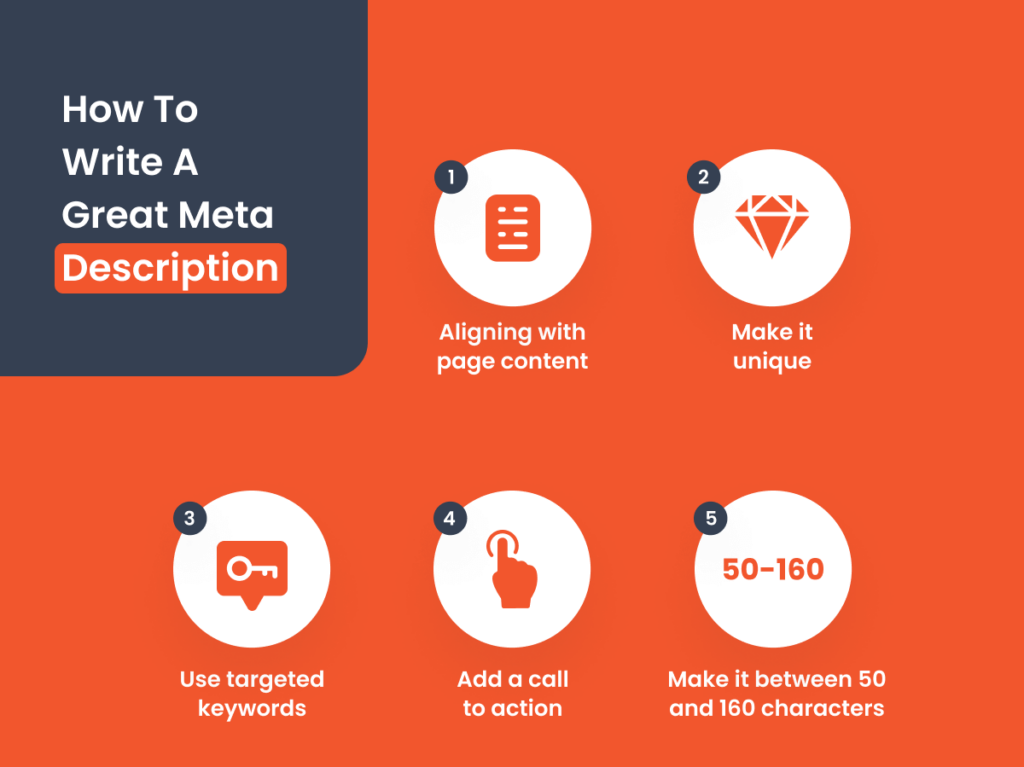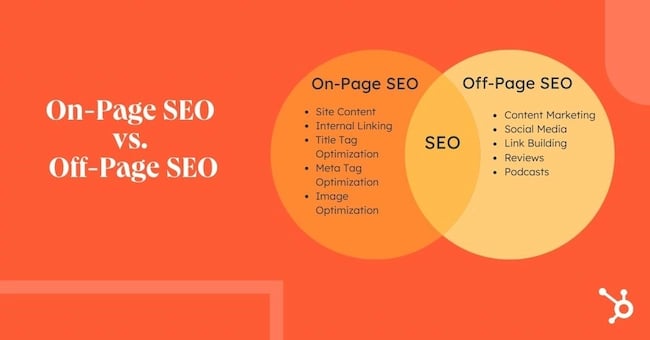Unlock the secret to skyrocketing your search ranking with the optimal SEO title length – are you making this mistakes?

Image courtesy of via DALL-E 3
Table of Contents
- Introduction to SEO Title Length
- Understanding the Ideal Title Length
- How to Create Attention-Grabbing Titles
- Using Keywords in Your Title
- Tools to Help You Create Perfect Titles
- Common Mistakes to Avoid
- Optimizing Existing Titles
- Examples of Perfect SEO Titles
- Summary
- Frequently Asked Questions (FAQs)
Introduction to SEO Title Length
SEO, which stands for Search Engine Optimization, is a way to make sure that when people search for something on the internet, your website or blog appears at the top of the list. It’s like making sure your favorite book is always on the first shelf where you can easily find it. One important part of SEO is the length of the titles you use for your articles or blog posts.
What is SEO?
SEO is like putting up signs around your house to help your friends find you for a surprise party. The signs have to be clear and in the right place so your friends can easily follow them to your house. Similarly, SEO helps search engines like Google find your website or blog by using specific words and phrases that people might type in when searching for something.
Why Title Length Matters
Think of a title as a sneak peek into what your article or blog post is about. If the title is too long, like a never-ending sentence that keeps going on and on, people might get bored and not want to read the rest. On the other hand, if the title is too short and doesn’t say much, it’s like trying to guess what’s inside a mystery box without any clues. The length of the title is important because it helps search engines understand what your content is about and shows readers what to expect.
Understanding the Ideal Title Length
When it comes to crafting the perfect title for your content, it’s essential to consider the number of characters you use. For SEO purposes, experts recommend keeping your title between 50 to 60 characters. This sweet spot allows search engines to display your title properly without truncating it in search results.
Short Titles vs. Long Titles
Short titles can be concise and to the point, making them easy for readers to scan and understand quickly. On the other hand, longer titles may provide more context and detail, giving readers a better idea of what to expect from your content. However, longer titles run the risk of being cut off in search results, potentially impacting your click-through rate.
Ultimately, the ideal title length depends on your content and audience. Experiment with different lengths to see what works best for your specific needs and goals.
How to Create Attention-Grabbing Titles
In order to capture your audience’s attention and make them want to click on your content, it’s crucial to craft titles that are engaging and compelling. Here are some tips to help you create attention-grabbing titles:

Image courtesy of nestify.io via Google Images
Use Strong Words
When creating a title, try to use words that evoke emotion or curiosity in your readers. Strong words like “amazing,” “essential,” or “unbelievable” can instantly draw the reader in and make them want to learn more about what you have to say.
Ask Questions
Asking a question in your title can pique the reader’s interest and make them want to find out the answer. Questions like “Have You Ever Wondered?” or “Are You Making This Common Mistake?” can create intrigue and compel the reader to click on your content to discover more.
Using Keywords in Your Title
When it comes to creating the perfect title for your article or blog post, using the right keywords is essential for optimizing it for search engines, known as SEO or Search Engine Optimization. Keywords are the words or phrases that people are most likely to type into a search engine when looking for information on a particular topic. By including relevant keywords in your title, you increase the chances of your content being found by those searching for that specific topic.
Find the Right Keywords
Before you start crafting your title, take some time to research and identify the best keywords to include. Think about what words or phrases your target audience is likely to use when searching for content similar to yours. There are many tools available online, such as Google Keyword Planner, that can help you discover popular keywords related to your topic. Once you have a list of potential keywords, choose the ones that are most relevant and likely to attract your desired readers.
Placing Keywords Effectively
Once you have chosen the right keywords, it’s important to place them strategically in your title for maximum impact. Ideally, you should try to include your primary keyword at the beginning of the title, as this is what search engines often prioritize. Additionally, sprinkle related keywords throughout the title to provide context and relevance to both readers and search engines. However, be careful not to overdo it with too many keywords, as this can come off as unnatural and spammy.
Tools to Help You Create Perfect Titles
Creating the perfect SEO title can be challenging, especially when you want to attract your audience and rank high on search engines. Fortunately, there are tools available to assist you in crafting titles that are both engaging and optimized for SEO. Let’s explore some helpful tools that can make the process easier for you.

Image courtesy of madlemmings.com via Google Images
Title Generators
Title generators are fantastic tools that can spark creativity and provide you with ideas for catchy titles. These tools generate title suggestions based on keywords or topics you input, helping you come up with unique and attention-grabbing titles. Title generators can also analyze the effectiveness of a title in terms of SEO, ensuring that your title contains relevant keywords and meets the ideal length requirements.
Keyword Planners
Keyword planners are essential for finding and utilizing the right keywords in your titles. These tools allow you to research keywords that are relevant to your content and have high search volumes. By incorporating these keywords into your titles, you can increase your chances of ranking higher on search engine results pages. Additionally, keyword planners provide insights into keyword trends and competition, helping you make informed decisions when selecting the most effective keywords for your title.
Common Mistakes to Avoid
One common mistake that people often make when crafting titles is creating titles that are too long. A title that is excessively lengthy can be overwhelming for readers and may not effectively convey the main point of the content. Remember, the goal of a title is to grab attention and entice readers to click, so keeping it concise and to the point is key.
Keyword Stuffing
Another pitfall to avoid is keyword stuffing. This occurs when titles are overloaded with keywords in an attempt to boost SEO. However, this practice can actually have a negative impact on your search engine rankings. Search engines like Google prioritize user experience, so titles that sound natural and engaging are more likely to rank well. Instead of stuffing in keywords, focus on using them strategically and in a way that enhances the overall quality of your title.
Optimizing Existing Titles
When it comes to improving your search engine visibility, optimizing your existing titles is a crucial step. By making simple changes to your titles, you can enhance their effectiveness and attract more readers to your content. Here are some steps to help you optimize your existing titles:

Image courtesy of appsalon.com.au via Google Images
Reviewing Your Titles
Start by reviewing all the titles of your articles or blog posts. Check if they accurately reflect the content and are relevant to your target audience. Make sure they are concise and to the point, as lengthy and confusing titles can deter readers.
Making Necessary Changes
Once you have assessed your titles, consider making necessary changes to improve their SEO performance. This may include adding relevant keywords, adjusting the length for better readability, or enhancing the title to make it more engaging.
Remember, optimizing your existing titles is an ongoing process. Regularly review and update your titles to ensure they align with your content and resonate with your audience. By optimizing your titles, you can boost your SEO rankings and attract more organic traffic to your website.
Examples of Perfect SEO Titles
1. “10 Best Tips for Healthy Eating: A Beginner’s Guide”
2. “The Ultimate Guide to Gardening Hacks: Boost Your Green Thumb”
3. “Top 5 Destinations for Your Dream Vacation: Travel Like a Pro”
What Makes Them Great
These examples of perfect SEO titles stand out for several reasons. Firstly, they are clear and descriptive, telling the reader exactly what to expect from the content. Secondly, they include strong keywords that are relevant to the topic, helping them rank higher in search engine results. Lastly, they are written in a way that sparks curiosity and interest, making readers want to click and learn more.
Summary
In this blog post, we delved into the world of SEO title length and why it matters for your content. SEO, which stands for search engine optimization, is all about making your content more visible on search engines like Google. The length of your title plays a crucial role in attracting readers and improving your website’s ranking.

Image courtesy of blog.hubspot.com via Google Images
Key Takeaways
1. The ideal title length for an SEO-friendly title is around 50-60 characters. This length allows search engines to display your title properly and ensures it is not cut off in search results.
2. Short titles are concise and to the point, while longer titles can provide more information but may risk being truncated in search engine results. It’s important to find a balance that works best for your content.
3. Crafting attention-grabbing titles involves using strong words that evoke emotion and curiosity in your readers. Asking questions in your titles can also engage your audience and encourage them to click.
4. Incorporating relevant keywords in your title is essential for SEO. By finding the right keywords and placing them strategically in your title, you can boost your content’s visibility and reach a wider audience.
5. Utilizing tools like title generators and keyword planners can help you create effective titles and improve your SEO strategy. These tools aid in brainstorming ideas and optimizing your content for search engines.
6. Common mistakes to avoid include using excessively long titles that may be overlooked by readers and keyword stuffing, which can result in penalties from search engines.
7. To optimize existing titles, review your current titles for effectiveness and make necessary changes to improve their SEO impact. Simple adjustments can enhance your content’s visibility and attract more visitors to your site.
8. Examples of perfect SEO titles showcased in this article demonstrate how well-crafted titles can capture readers’ attention and encourage them to click through to your content.
By following these guidelines and tips, you can craft the perfect SEO title that enhances your content’s visibility, engages your audience, and drives organic traffic to your website.
Want to turn these SEO insights into real results? Seorocket is an all-in-one AI SEO solution that uses the power of AI to analyze your competition and craft high-ranking content.
Seorocket offers a suite of powerful tools, including a Keyword Researcher to find the most profitable keywords, an AI Writer to generate unique and Google-friendly content, and an Automatic Publisher to schedule and publish your content directly to your website. Plus, you’ll get real-time performance tracking so you can see exactly what’s working and make adjustments as needed.
Stop just reading about SEO – take action with Seorocket and skyrocket your search rankings today. Sign up for a free trial and see the difference Seorocket can make for your website!
Frequently Asked Questions (FAQs)
What if my title is too long?
If your title is too long, it can get cut off in search engine results, making it harder for readers to see the full title. It’s important to keep your title concise and to the point so that it fits within the character limit recommended for SEO purposes. You can try to summarize the main idea of your content in a shorter title or rephrase it to make it more succinct.
Can I use more than one keyword?
Yes, you can use more than one keyword in your title. In fact, using multiple relevant keywords can help improve the visibility of your content in search engine results. However, it’s essential to ensure that the keywords you choose are related to the content of your post and are used naturally within the title. Avoid stuffing too many keywords into the title as it can make it look spammy and harm your SEO efforts.







